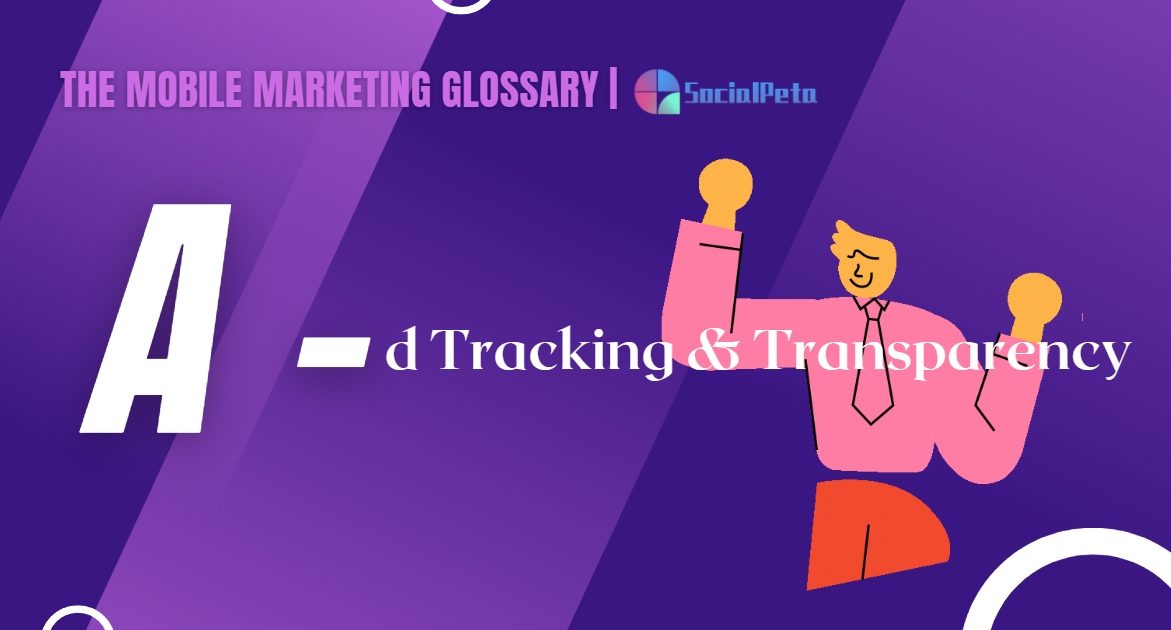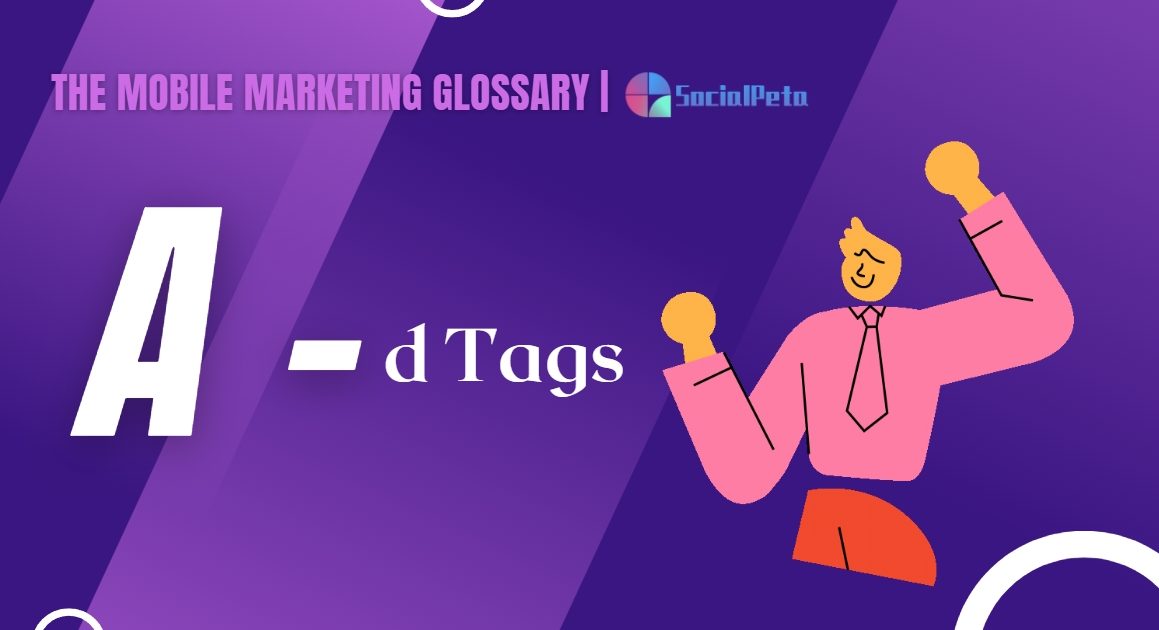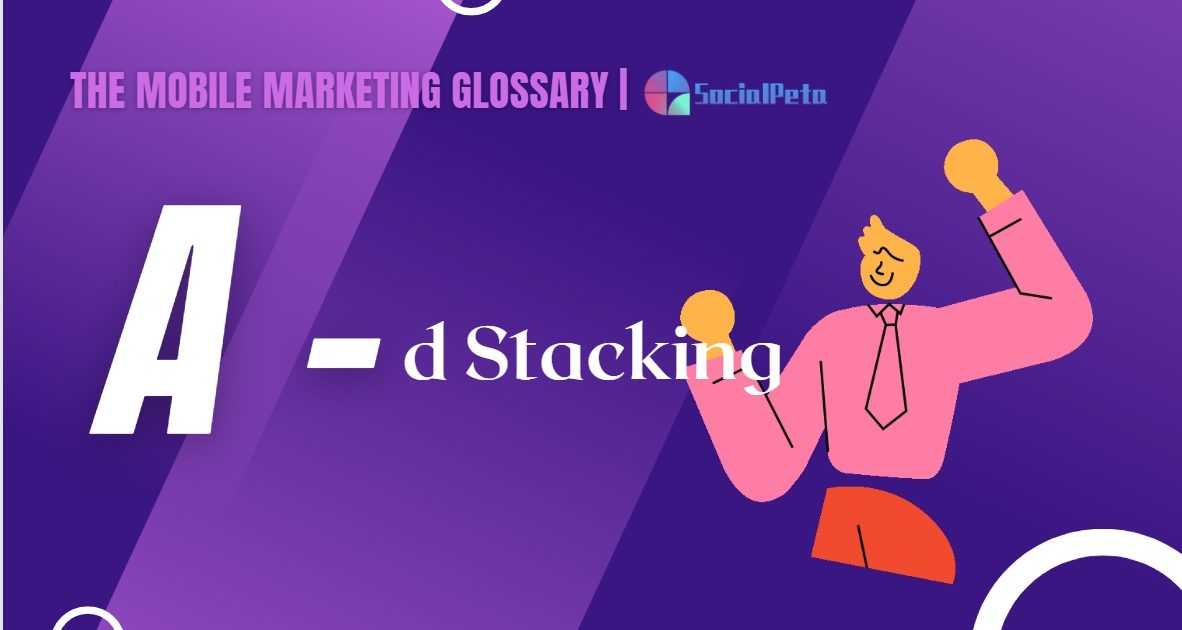App Promotion: How to Promote an App?
App promotion, synonymous with mobile app marketing, involves developers' efforts to advertise their apps effectively.
What is Mobile App Promotion?
App promotion, also known as mobile app marketing, encompasses the strategies and efforts undertaken by app developers to advertise and promote their applications. It aims to optimize apps for better rankings and increased downloads. It includes various facets like app store optimization, off-page promotions, and social media marketing. Engaging users throughout the app's lifecycle, from discovery to installation, is pivotal in this fiercely competitive ecosystem. Effective marketing is key; without it, even a well-crafted app may struggle for visibility.
What Strategies Drive Successful App Promotion Campaigns?
To create a buzz around your app, various strategies can be employed. From leveraging influencer marketing to utilizing paid advertisements, the key lies in understanding your target audience and choosing the most impactful channels.
- In-Depth Consumer Research: Understanding your target audience is foundational. Beyond demographics, delve into their preferences, behavior patterns, and pain points. This knowledge forms the backbone of your tailored promotional campaigns.
- Thorough Competitor Analysis: Knowing your competition is equally crucial. Analyze their strategies, strengths, and weaknesses. This insight can inform your approach, helping you differentiate your app in the market.
- App Store Optimization (ASO): This encompasses several vital elements—crafting a catchy app name, placing it in the right category, creating a striking app icon, optimizing app store descriptions with relevant keywords, and utilizing appealing app screenshots. ASO enhances discoverability within app stores, significantly impacting downloads.
- Developing Landing Pages: A well-designed landing page can be a powerful tool. It acts as a gateway for potential users, offering concise yet compelling information about your app's features and benefits.
- Utilizing QR Codes: Integrating QR codes in marketing materials or even within the app itself can facilitate seamless app downloads, especially when integrated into offline promotional materials.
- Soliciting Customer Feedback: Feedback loops are invaluable. Encourage users to share their experiences, and actively incorporate constructive criticism to enhance your app's functionality and user experience.
- Creating Unique Content: Engaging content that showcases your app's uniqueness can attract and retain users. This content could include tutorials, infographics, or blogs related to your app's niche.
- Guest Blogging and Collaborations: Partnering with established platforms or influencers through guest posts or collaborations can expand your app's reach and credibility.
- Harnessing Social Media and Groups: Active engagement on social media platforms and within relevant groups amplifies visibility and fosters a community around your app.
- Podcast Features: Collaborating with podcasts or incorporating your app into relevant podcast discussions can introduce it to a broader audience.
- Email Signature Inclusions: Utilize email signatures as a subtle yet effective way to promote your app among your network.
- Participation in Online Events: Joining webinars, virtual summits, or online gatherings within your app's domain can foster networking and exposure.
- Showcasing on Product Hunt: Presenting your app on platforms like Product Hunt can attract attention and garner feedback from a tech-savvy audience.
- Implementing Referral Systems: Incentivizing users to refer your app to others can significantly boost organic growth.
- App Directories: Listing your app in relevant app directories can increase visibility among users actively seeking new apps.
- Collaborating with Other Apps: Partnering with complementary apps for cross-promotions can expand your app's audience reach.
- Emphasizing Demo Videos: Creating engaging and informative demo videos can vividly showcase your app's features and functionalities.
- Engagement in App Competitions: Participation in app competitions not only exposes your app to a wider audience but also validates its potential and quality.
- Active Forum Engagement: Contributing to forums or communities related to your app's niche establishes credibility and attracts potential users.
- Influencer Partnerships: Collaborating with influential figures within your app's target audience can amplify visibility and credibility.
- App Store Editor Recommendations: Earning recommendations from App Store editors can significantly boost app visibility and downloads.
- Featured on App Review Blogs: Gaining positive reviews and features on respected app review blogs can drive traffic and user interest towards your app.
Why is Performance Advertising Crucial for App Promotion Success?
Performance advertising is a targeted marketing strategy focused on measurable results and outcomes, making it pivotal for app promotion success. This approach emphasizes paying for specific actions or results rather than solely for ad placement. When it comes to app promotion, leveraging various types of performance advertising—such as native ads, display ads, and playable ads—becomes imperative for user acquisition and engagement.
Native Ads:
Native ads seamlessly blend into the app's user experience, appearing as organic content within the platform. These ads are designed to match the look, feel, and function of the app where they're displayed. Leveraging native ads for app promotion requires:
- Compelling Content Creation: Craft engaging and contextually relevant content that resonates with the app's audience while seamlessly integrating with the app's interface.
- Strategic Placement: Identify high-traffic areas within apps to place native ads for maximum visibility and user engagement.
Display Ads:
Display ads encompass various visual ad formats, including banners, interstitials, and rich media ads, among others. These ads appear on mobile websites or within apps and aim to attract users' attention. For app promotion via display ads, focus on:
- Eye-catching Visuals: Design visually appealing ads that effectively convey the app's unique selling points and entice users to click through.
- Targeted Placement: Targeting the right audience based on demographics, interests, and behavior ensures efficient utilization of display ads.
Playable Ads:
Playables are interactive ad formats that allow users to interact with a demo version of the app before downloading. These ads provide a firsthand experience, engaging users and potentially leading to higher-quality installs. Utilizing playable ads for app promotion involves:
- Creating Interactive Experiences: Develop mini-versions of the app that users can engage with, showcasing its core features and functionalities.
- Encouraging In-App Actions: Prompt users to take specific actions within the playable ad to stimulate interest and drive downloads.
Spy on Top Ads, For Your Apps
Register For Free DemoNecessary Preparations for Performance Advertising in App Promotion:
- Understanding Audience Segmentation: Define and segment your target audience based on demographics, behaviors, and preferences to tailor ad content effectively.
- Compelling Ad Creative: Invest in creating high-quality and engaging ad creatives that resonate with the target audience and highlight the app's unique value proposition.
- Ad Tracking and Analytics Tools: Implement robust tracking and analytics tools to measure ad performance, user engagement, and conversion rates accurately.
- Budget Allocation and Optimization: Allocate budgets strategically across different ad formats and continually optimize campaigns based on performance metrics to maximize ROI.
- App Store Optimization (ASO): Prioritize optimizing the app's store listing, including title, description, keywords, and visuals, to ensure maximum impact from performance advertising efforts.
In summary, performance advertising, through native ads, display ads, and playable ads, plays a vital role in app promotion by providing measurable results and engaging users effectively. Success in leveraging performance advertising requires meticulous planning, audience targeting, compelling creatives, and continuous optimization based on performance analytics.
How to Promote an iOS App vs. an Android App
Promoting an iOS app versus an Android app requires nuanced approaches due to the distinct characteristics and ecosystem of each platform. Here's a breakdown of strategies tailored for each platform:
Promoting an iOS App:
- App Store Optimization (ASO) Compliance: iOS apps heavily rely on ASO due to the Apple App Store's strict guidelines. Ensure your app title, description, keywords, and visuals comply with Apple's standards to enhance visibility.
- Leverage Apple's Ecosystem: Capitalize on Apple's ecosystem by integrating features like Siri integration, Apple Watch compatibility, or utilizing the latest iOS updates to highlight unique functionalities.
- Focus on Design and User Experience: Apple users often prioritize sleek design and seamless user experiences. Emphasize these aspects to resonate with the iOS user base and enhance app credibility.
- Utilize Apple Search Ads: Apple Search Ads allow targeting based on relevant keywords, increasing app visibility within the App Store search results.
- Encourage App Store Reviews and Ratings: Positive reviews and ratings significantly impact iOS app visibility. Encourage satisfied users to leave reviews to boost credibility.
Promoting an Android App:
- Customize for Fragmented Devices: Android's ecosystem spans across a wide array of devices with varying screen sizes and hardware specifications. Ensure your app is optimized for different devices and versions of Android OS.
- Google Play Store Optimization: Similar to ASO for iOS, optimize your app's listing with relevant keywords, descriptions, and engaging visuals to rank higher in Google Play Store searches.
- Utilize Google's Services: Integrate Google services like Maps, Gmail, or Google Assistant to enhance functionality and appeal to the Android user base.
- Engage with Beta Testing: Leverage Google Play's beta testing capabilities to gather feedback from users before full release, allowing for improvements and adjustments.
- Explore Ad Platforms: Utilize Google Ads to target specific audiences across various Google platforms, including YouTube, Search, and the Google Display Network.
- Incentivize Reviews and Feedback: Encourage users to provide reviews and feedback by offering incentives or rewards, positively impacting app rankings.
In conclusion, while both iOS and Android platforms share some promotion strategies, catering to their specific ecosystems is vital. Adhering to platform-specific guidelines, optimizing for distinct features, and engaging with users through targeted strategies are key to successful app promotion on iOS and Android. Tailoring your approach to suit each platform's user preferences and technical requirements can significantly enhance your app's visibility and engagement.





